Military cyclists
A brief overview of the situation with military cyclists in various countries.
The order to create a small unit (15 people) of scooter riders in the army of the Swiss Confederation was issued in 1891. The scooter riders used their own bicycles in service, as it was believed that they would treat them with more care than government-issued ones.
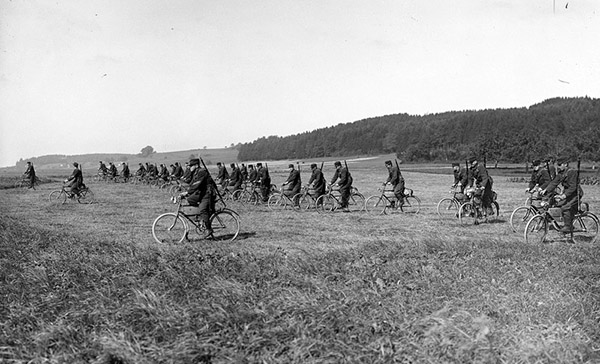
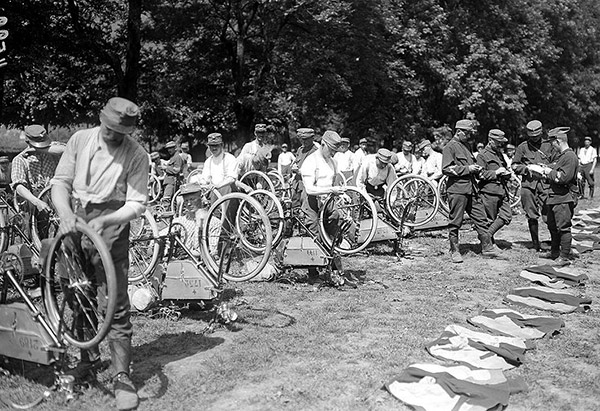
In 1914, the Swiss army had six scooter companies attached to division headquarters, one company was assigned to the army headquarters, and another to the cavalry division headquarters. Each company had 117 scooter riders. By the beginning of World War I, the army already had 14 scooter companies. A military cyclist regiment existed in the Swiss army until 2003.
In 1915, each regiment of the Dutch army had four bicycles for courier service and twelve for reconnaissance purposes at its headquarters. A company consisted of 150 scooter riders.
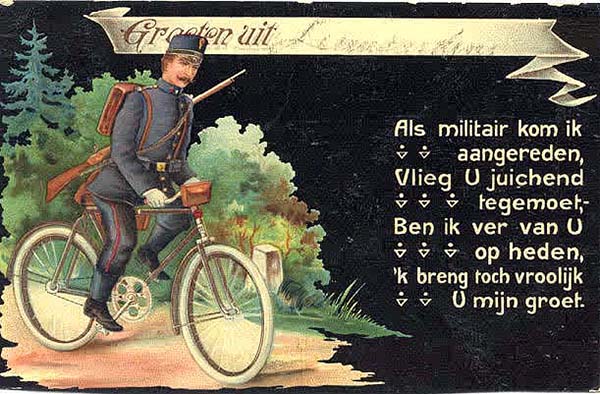
Each Italian Bersaglieri regiment had a company of cyclists in 1911. In 1916, 12 cyclists formed a platoon, and five platoons were combined into a bicycle regiment under the command of an officer.
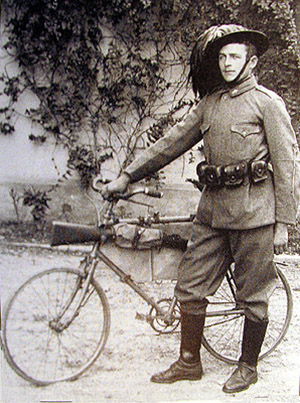
In the same year of 1911, the French army had five scooter companies consisting of 120 soldiers under the command of an officer. In April of 1913, the French army already had 10 scooter companies, called upon to support the cavalry divisions to which they were subordinated. By the beginning of the First World War, the number of scooter companies had increased to 417 people. During the period of "trench warfare", the importance of scooter units decreased. French military cyclists began to show themselves again in 1916, with the transition of the war to the active stage.
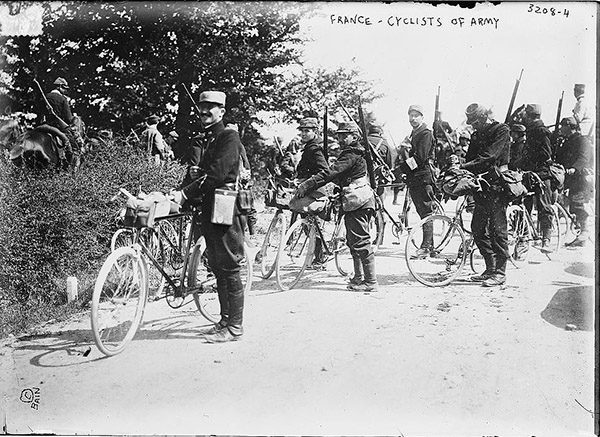
At least as early as 1887, the first detachment of British scooter riders was already taking part in military maneuvers. At the beginning of the First World War, there were 14,000 scooter riders in the British forces, and by the end of the war, there were already 20,000.
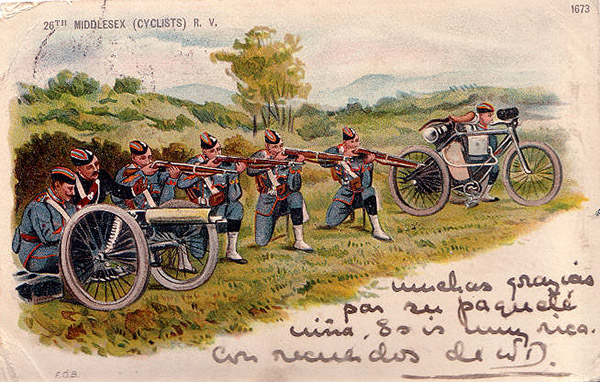
In 1942, each infantry battalion in the British Army had 33 bicycles. They were used in case of damage to telephone lines to deliver orders between units and for reconnaissance purposes. During the landing of the Allied troops in Normandy, many British and Canadian soldiers had bicycles. British paratroopers were also equipped with folding bicycles from BSA (Birmingham Small Arms). But the presence of bicycles did not have any significant impact on the course of the fighting.
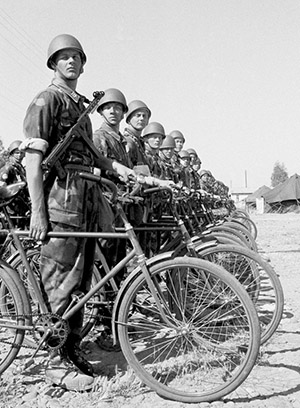
The first military cyclist unit in the United States was formed in July 1896. It was a small unit consisting of a lieutenant, a sergeant, a corporal, a musician, and five privates. By 1910, the number of bicycles had reached 200 units.
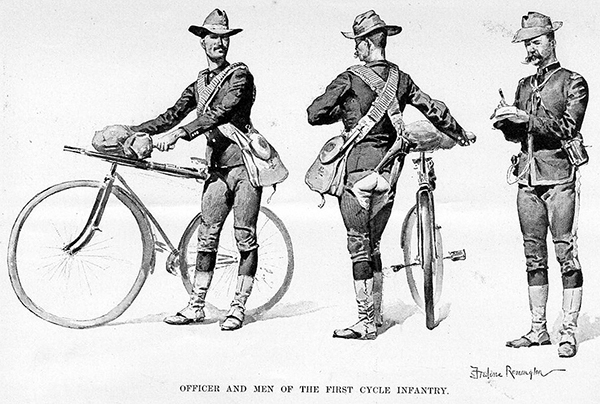
From the book by Captain Griddings of the American Army (1898):
"Only simple food should be used <during bicycle marches. — admin >, and it should be well chewed. Soups, eggs, fish, beef, lamb, chicken, vegetables and coffee are recommended; veal, pork, turnips, cabbage, etc. are not recommended. <…> Cyclists should drink as little as possible between meals, and only coffee. They should move with their mouths closed, breathing only through the nose. Breathing through the nose reduces thirst and saves the fighter's strength."
Although there were no separate scooter units in the American army during World War I, the American Expeditionary Force had 29,000 bicycles at its disposal.
In 1943, the American War Production Board supplied troops with 60,000 bicycles. Almost all of them were used only for transportation purposes. A small number of them were used by airborne units.
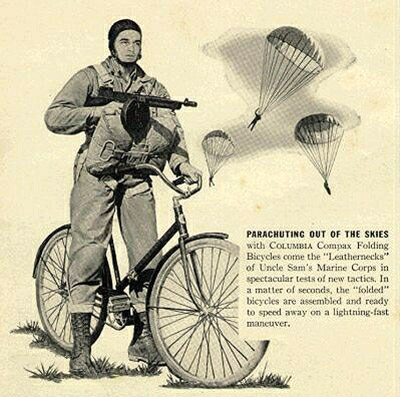
Scooter units of the German army
The active use of scooter units was practiced by both the Kaiser's army during the First World War and the Wehrmacht during the Second World War.
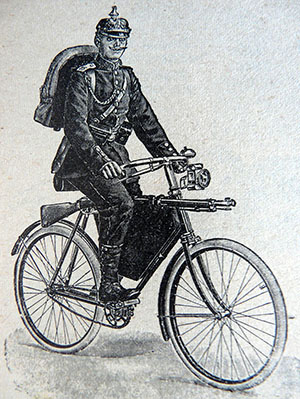
By July 1916, the German army had formed five separate bicycle battalions: three on the Eastern Front and two on the Western Front. Each battalion consisted of four bicycle companies and one machine gun company. During 1917, a sixth battalion was formed. At the same time, each battalion was supplemented by two more companies. Thus, a bicycle brigade was formed, consisting of six battalions of six companies each, not counting the machine gun companies. In September 1918, a seventh battalion was formed, and the bicycle brigade was to be reorganized into a division, but the reorganization was not completed, since in October the brigade was thrown to cover the retreat of German troops on the Western Front, and less than a month later Germany capitulated. In the east, German bicycle riders fought in Romania. In 1917, some of the cyclists were transferred to Libau (Liepaja) and later took part in battles on the Moonsund archipelago. In February 1918, German scooter riders took part in battles with the Red Army near Reval (Tallinn). In September 1918, German scooter riders from Pskov moved to Germany via Dvinsk (Daugavpils) - Kovno (Kaunas) - Eydtkuhnen (Chernyshevskoye) - Allenstein (Olsztyn) and Thorn (Torun).
In addition, scooter companies were part of the Jaeger battalions (at least at the beginning of the war). The number of such a company was 5 officers and about 100 non-commissioned officers and privates.
Ideally, military cyclists should be able to cover a distance of 90 to 150 km per day on their loaded bicycle at an average speed of 12 to 16 km/h, and then be ready to enter combat. At the same time, the uniform, equipment and weapons of the scooter rider should allow him to enter combat at any time as a simple infantryman, and at the same time be autonomous for several days.
For decades, the main advantages and disadvantages of scooters have remained unchanged. Among the advantages, the following can be noted:
- Bicycle units are of no interest to air attacks due to their ability to quickly disperse over the terrain;
- the bicycle does not require fuel and is not expensive to maintain;
- areas where roads are just narrow paths can be patrolled by bicycles;
- the distances that cyclists can cover are significantly greater than those that ordinary infantry can cover;
- the bicycle does not leave behind a trail of dust that is noticeable to the enemy;
- bicycles do not create noise when riding;
- cyclists are less visible compared to cavalry, and even less so compared to tanks;
- Bicycles do not require significant camouflage efforts;
- a cyclist in full gear can cover a distance of up to 150 km in a day, and for him, road congestion has a much smaller impact on speed than for cars;
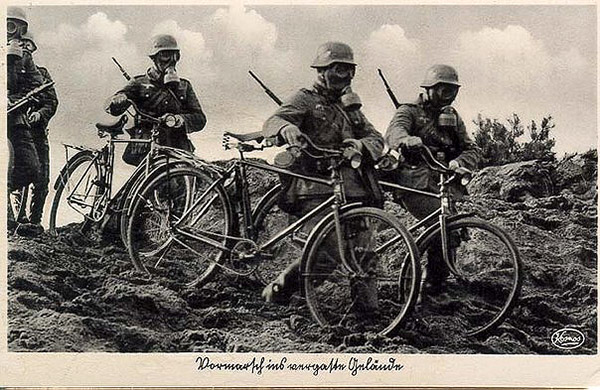
Among the disadvantages related to cycling units, the following factors can be noted:
- they are not capable of producing an effect comparable to a cavalry attack or, even more so, a tank attack;
- their effectiveness is limited by road and weather conditions;
- they are very susceptible to surprise attacks;
- they require significant space on the road to move around;
- cyclists may not move significant distances from their bicycles;
- In the event of a retreat, cyclists are limited by road conditions and cannot take advantage of off-road conditions;
- loss of mobility in case of deterioration of road or weather conditions.
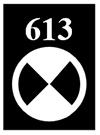
In 1943, bicycle production in Germany reached at least 1.2 million units. And a significant portion of them were manufactured to order for the Wehrmacht. All infantry and even motorized units of the Wehrmacht were equipped with bicycles. Even during the reorganization of the Wehrmacht in the 1930s, it was determined that in each infantry regiment the first battalion should be equipped with bicycles, and throughout the Second World War this rule was observed in most regiments. Regimental reconnaissance used bicycles for its purposes, along with horses. Bicycles were also at the disposal of staff orderlies. Cavalry regiments were also equipped with bicycles (as well as motorized equipment). And if the use of bicycles along with horses on the Western Front was justified, after Germany's attack on the Soviet Union in the fall of 1941, for obvious reasons, bicycles in the troops became practically useless. Horses had a clear advantage over bicycles in conditions of broken roads, and especially off-road. By 1943, bicycle battalions in the cavalry troops were abolished.
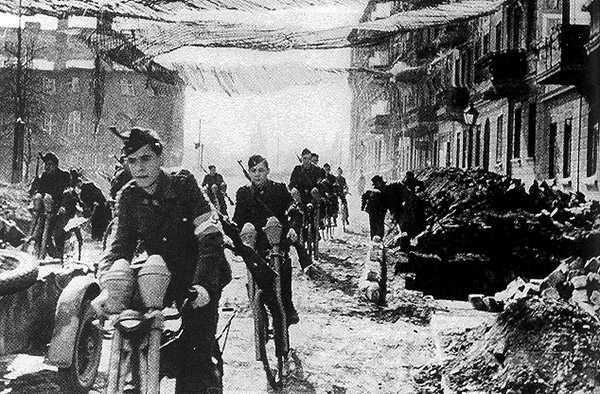
In the last months of the war, bicycles were actively used by the German infantry and Volkssturm in the defense of Berlin and other major cities.
Bicycles for the Wehrmacht were produced by numerous bicycle factories that manufactured ordinary civilian bicycles. The army used either the same models that were available in any bicycle shop, or with minor modifications made by manufacturers at the request of army customers. In particular, the Wehrmacht used products from more than thirty factories for its needs (Adler, Assmann, Baronia, Excelsior, Partia WKC, Wanderer, etc., many of which successfully produce bicycles to this day). With the beginning of World War II, there was a reduction in the number of manufacturing factories and a certain unification of products in accordance with the requirements of the military. But with all this, the number of brands and modifications of bicycles in army units remained simply enormous, which was facilitated, among other things, by the use of both pre-war and captured models.
Typically, the models that entered service with the Wehrmacht had a reinforced triangular male-type frame, 28" wheels, painted black or camouflage. Each bicycle had its own factory number, manufacturer's name and production date. Most of the parts were marked with the abbreviation DRP (Deutsches Reich Patent). In some photographs, you can see an emblem painted in white or yellow paint, in the form of a circle with four sectors, above which there are numbers. Most likely, the numbers indicated the number of the military unit, and the emblem itself indicated the military affiliation of the bicycle. The bicycles had additional equipment in the form of a luggage rack, a front headlight (powered by a dynamo or battery) and a tool box. Paratroopers used bicycles with folding frames.
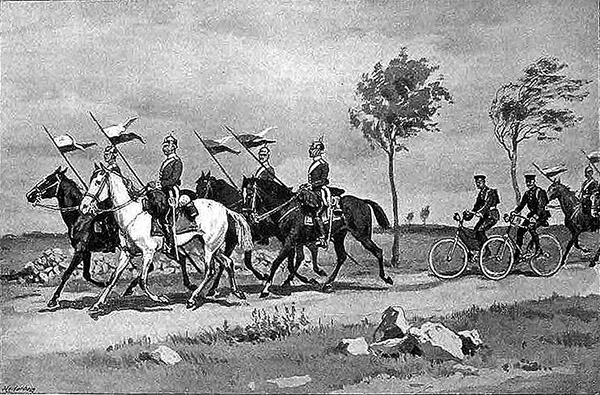
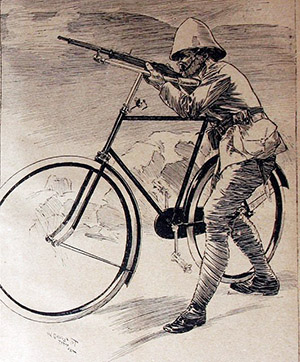
"Wheels of War", using railway rails, could reach speeds of up to 50 km. Invention of the Royal Australian Bicycle Troop during the Second Anglo-Boer War. To ride on rails, a special removable rim was installed on the bicycle wheels. This entire design was used to transport the wounded, deliver ammunition, reconnaissance, and patrol railways.
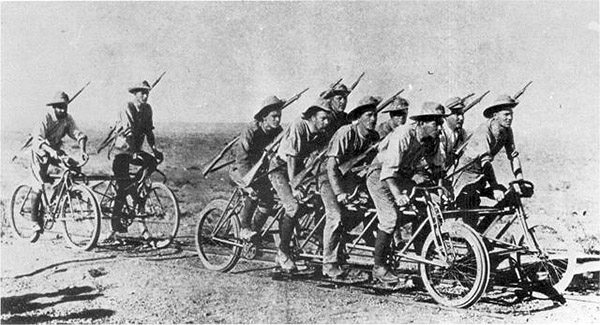
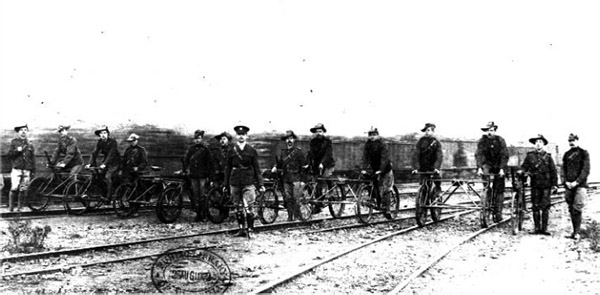
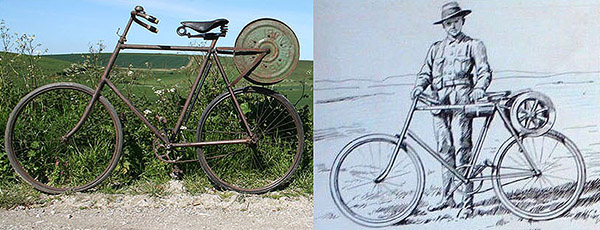
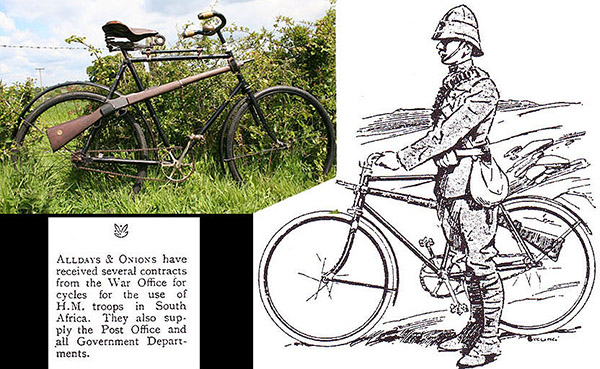
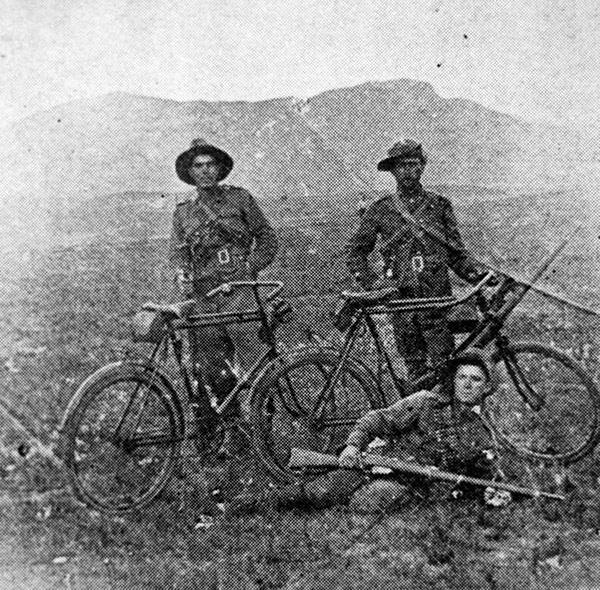
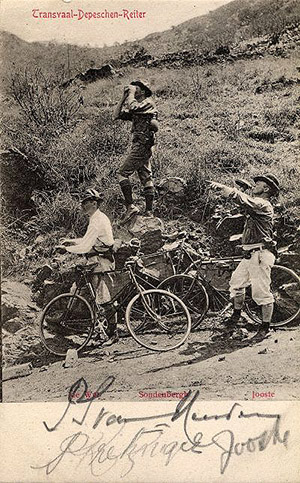
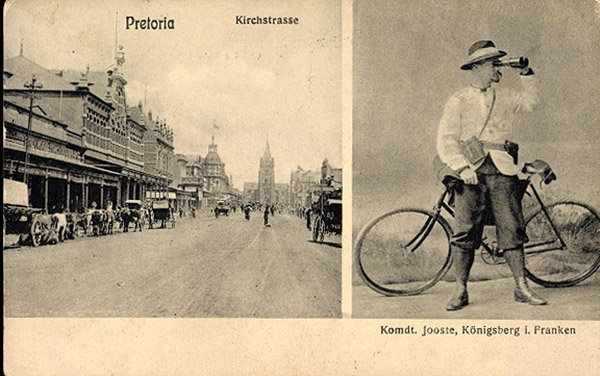
The Bersaglieri were light infantry units that appeared in 1836 in the army of the Kingdom of Sardinia. The Bersaglieri were later incorporated into the Italian army, becoming its elite units. They were noticeable from afar thanks to their vayre hat with a dark plume of pheasant feathers, originally intended to protect the neck from a chopping blow. In 1898, the first scooter riders appeared in the ranks of the Bersaglieri. The Bersaglieri used the now legendary folding Bianchi bicycle. In addition to the bravery and courage shown in various battles, the Bersaglieri also became famous for their military orchestras, playing music while running or riding bicycles. The Bersaglieri are still part of the Italian army.
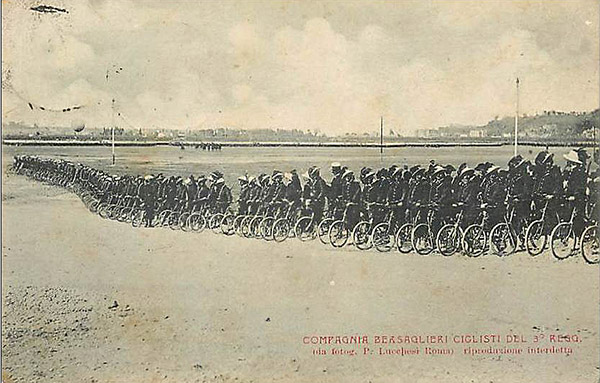
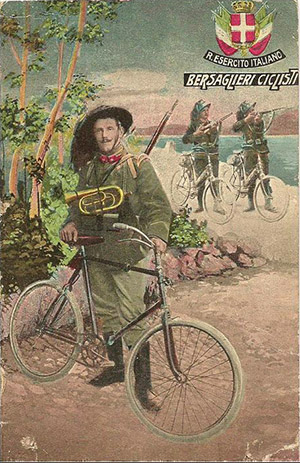
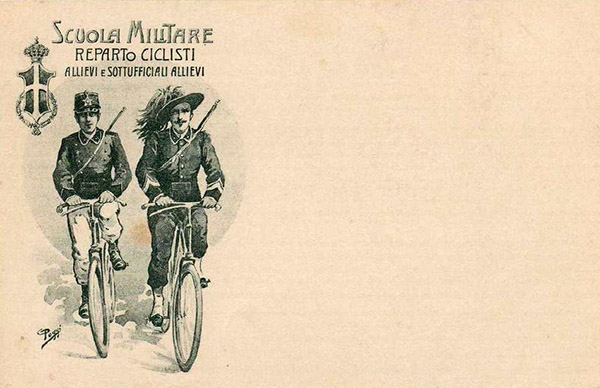
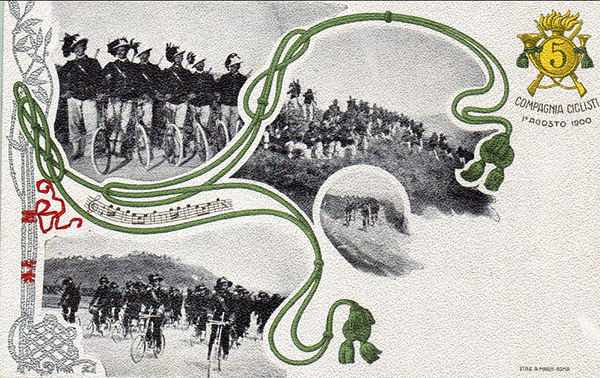
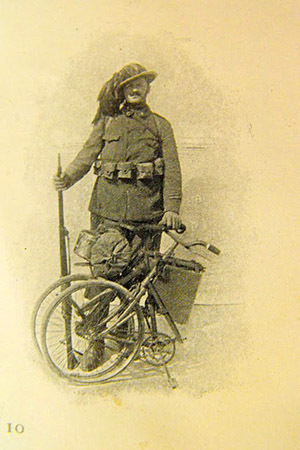
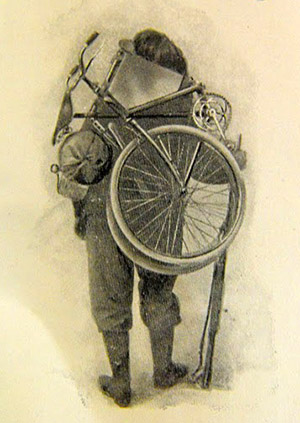
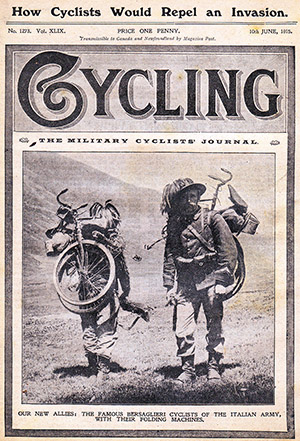
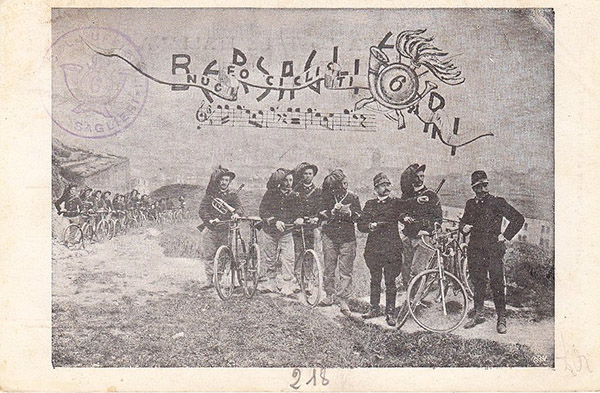
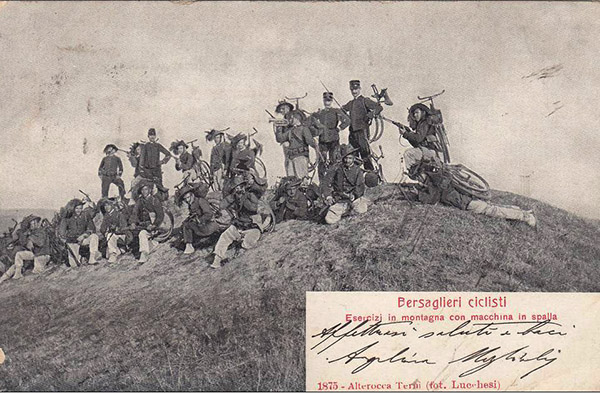
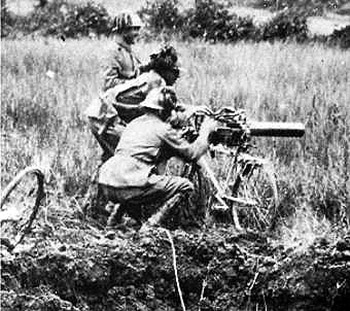
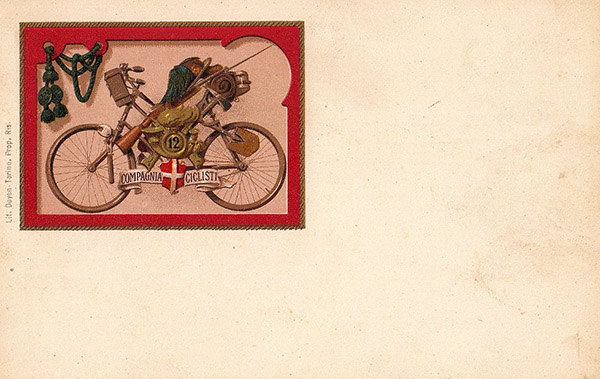
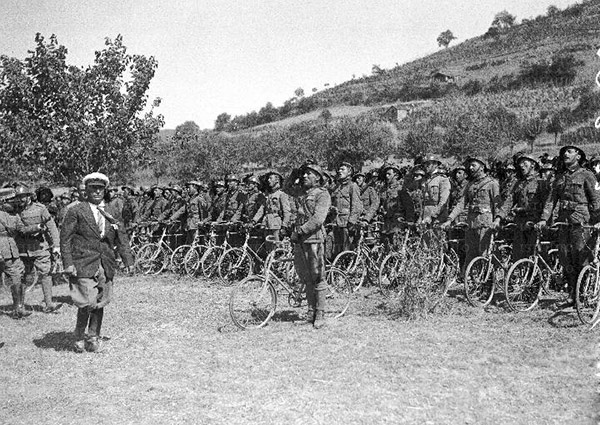
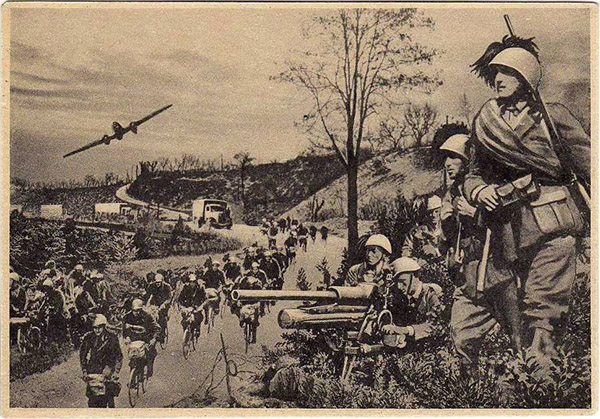
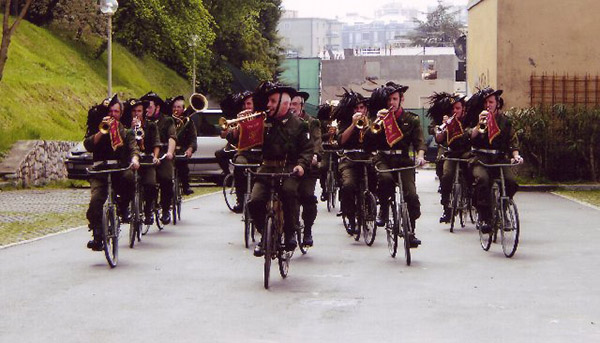
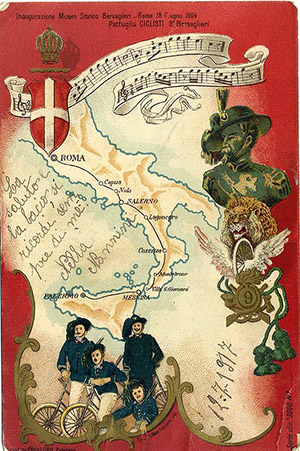
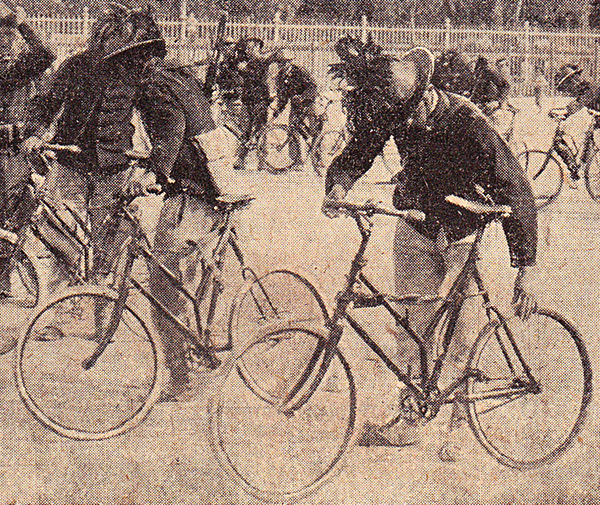
In 1911, the Belgian army had four bicycle companies, united into a battalion. In 1913, military cyclists were attached to the cavalry division as a battalion of bicycle carabiniers. At the very beginning of World War I, on August 12, 1914, they proved themselves in battle near the town of Halen. In this battle, which was called the "Battle of the Silver Helmets" (bataille des casques d'argent), 450 bicycle riders, together with the cavalry, took part in repelling a cavalry attack by the Germans, who outnumbered them twice. After this, the Belgian military cyclists were nicknamed "black devils" (Schwarze Teufel) by the Germans.
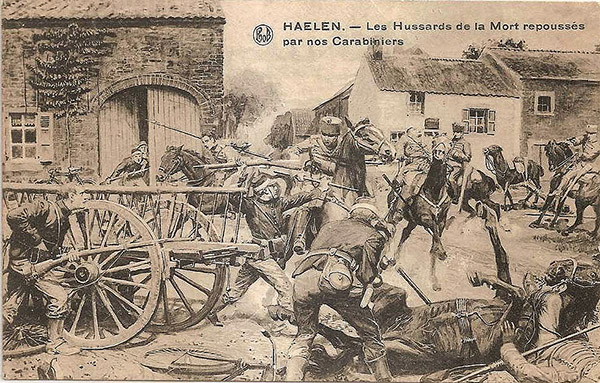
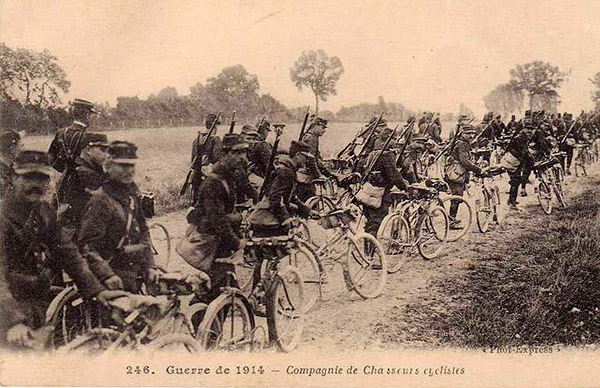
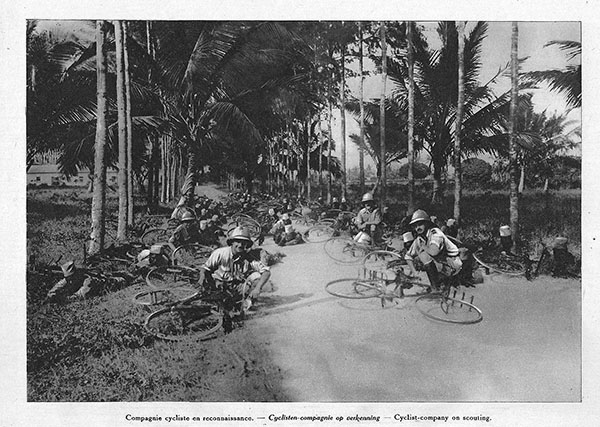
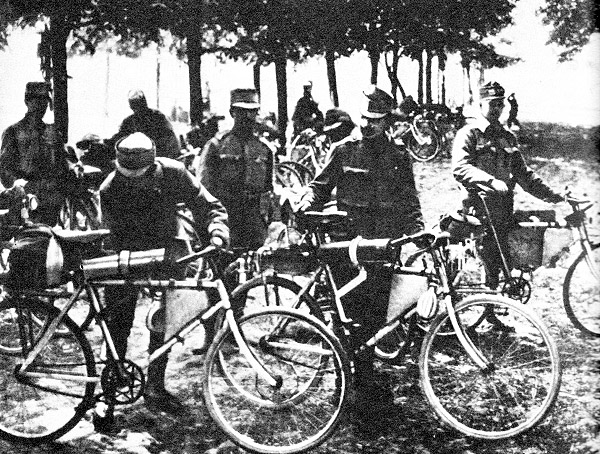
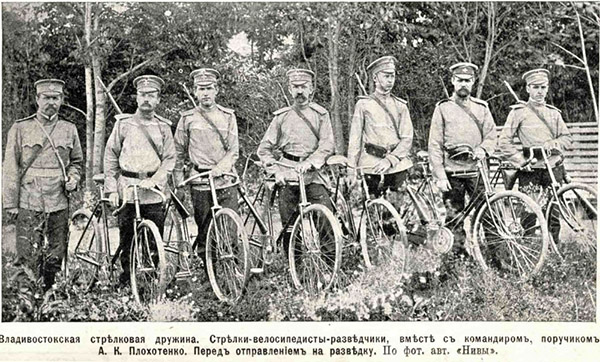
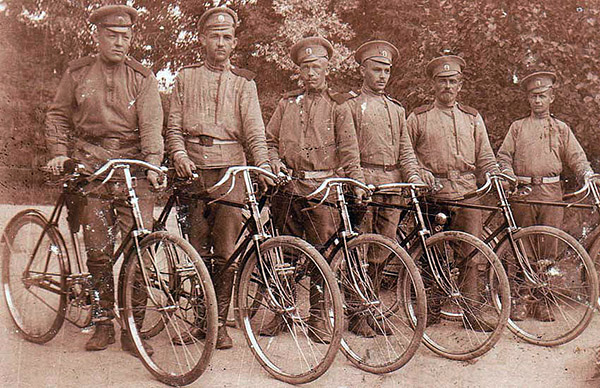
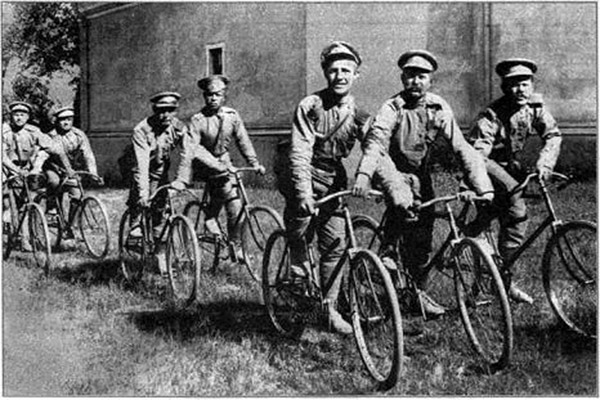
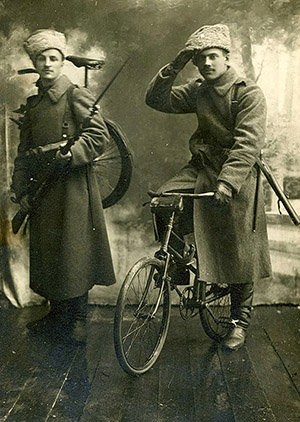
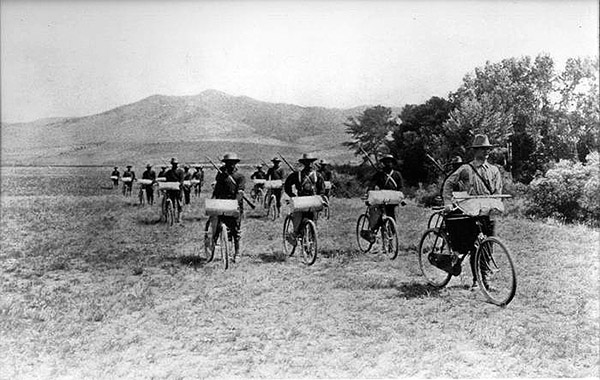
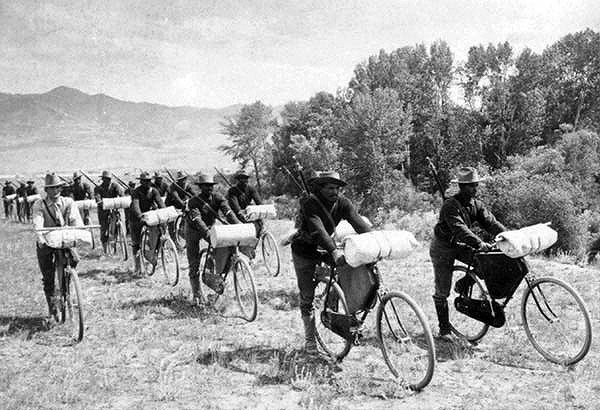
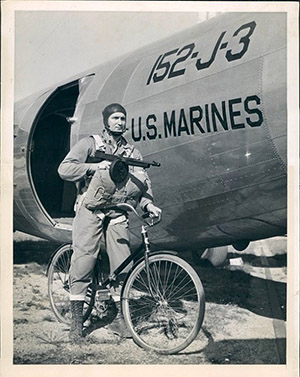
The use of bicycles for transporting the wounded began during the Anglo-Boer War. Bicycle "ambulances" of similar design were in service with almost all armies that had scooter units.
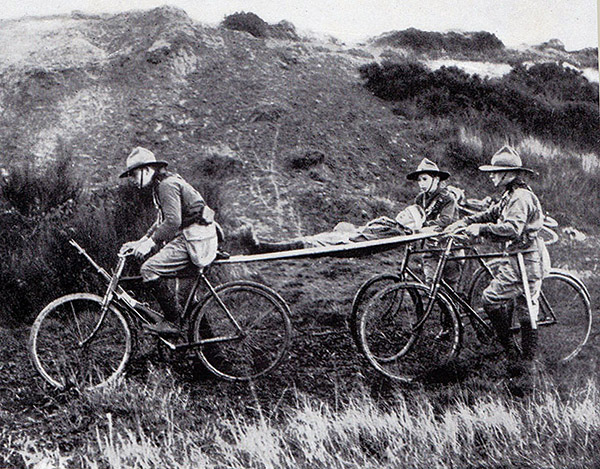
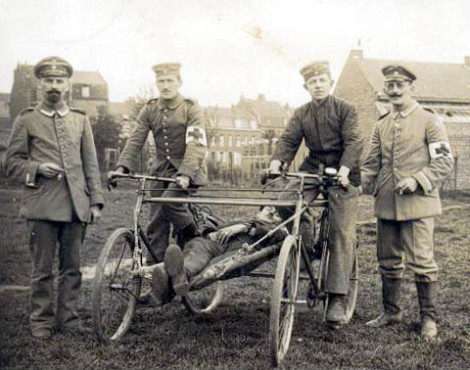

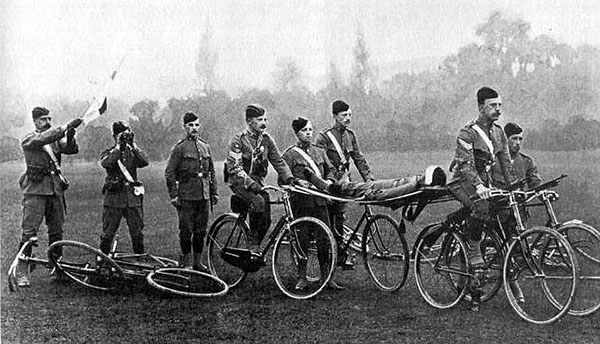
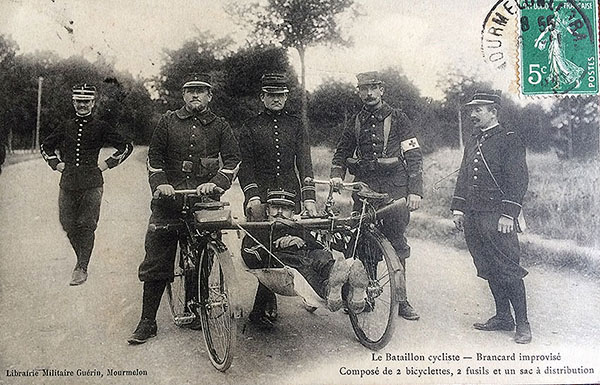
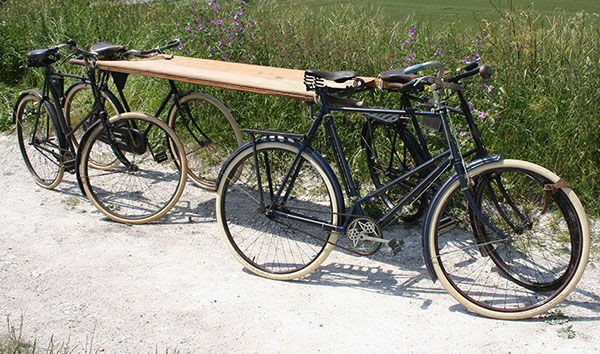
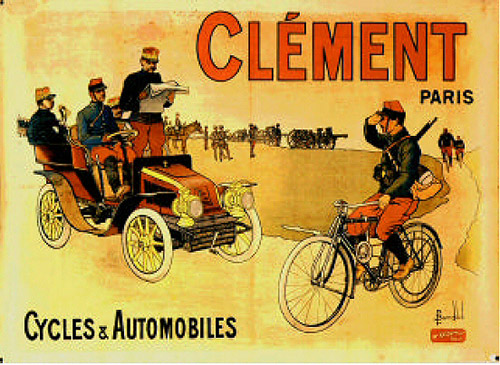
The French company Clément was the manufacturer of the Gladiator folding bicycles, which were used by the French army since the end of the 19th century.
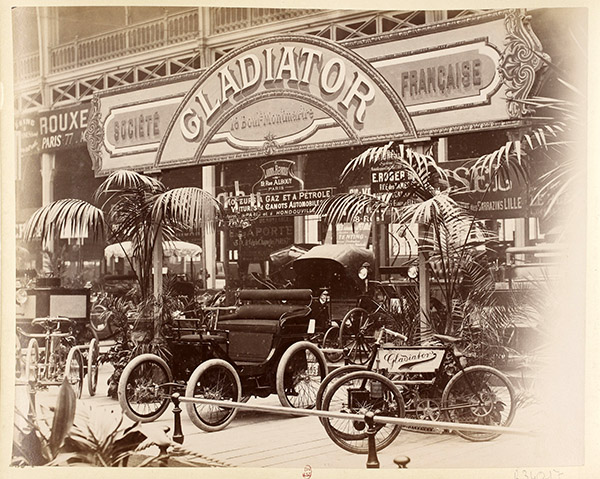
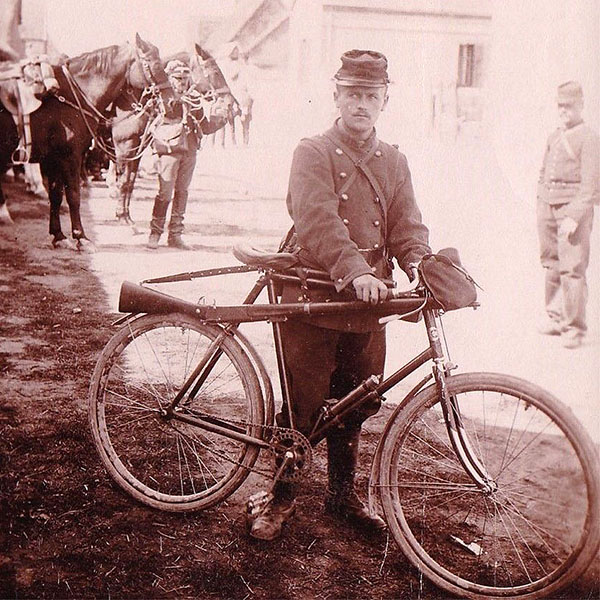
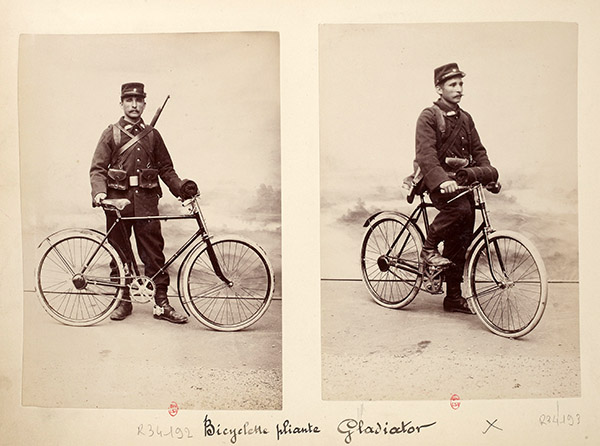
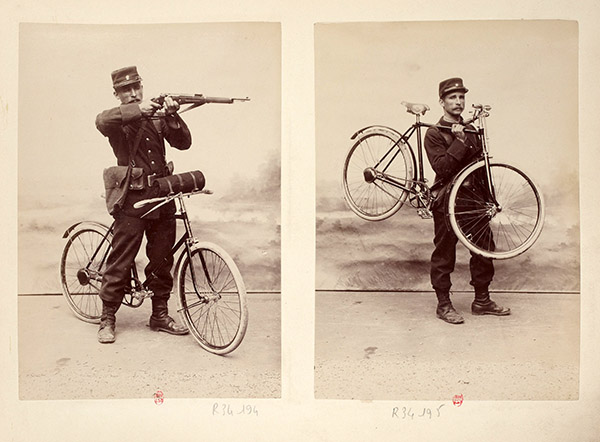
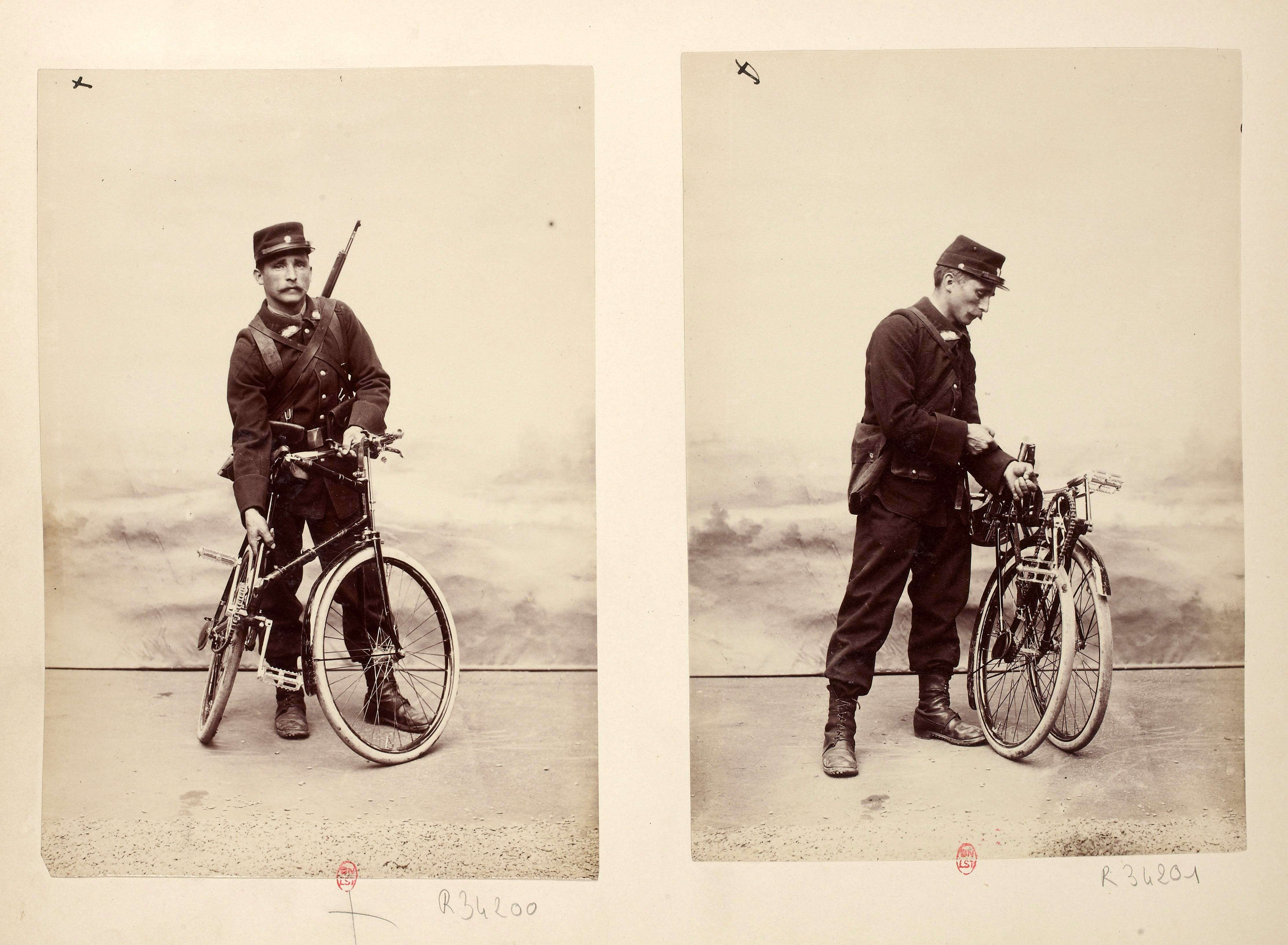
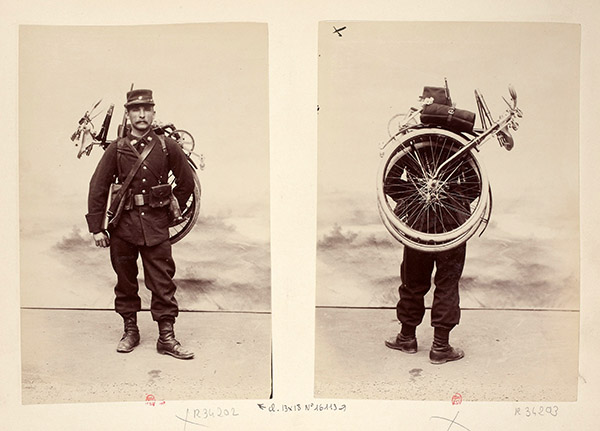
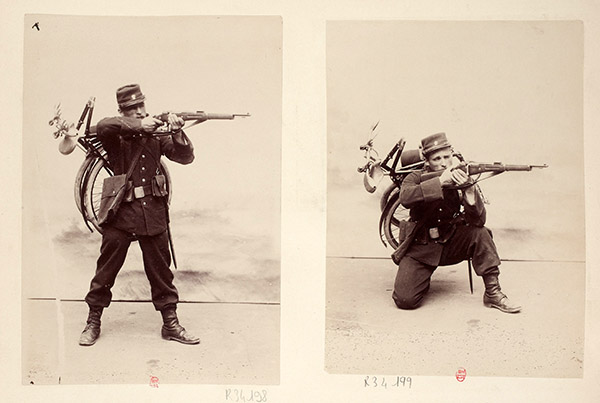
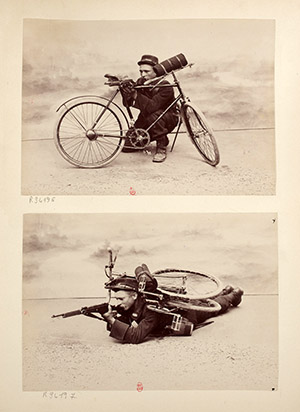
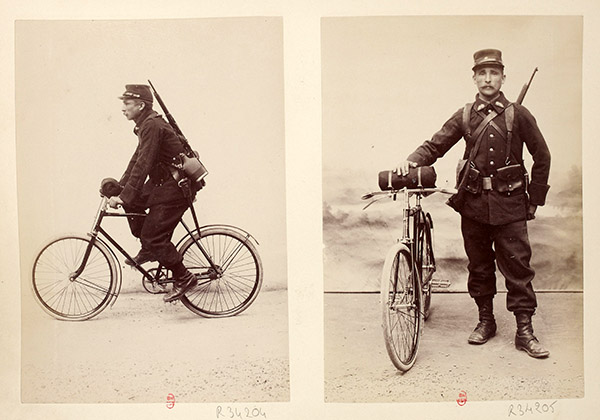
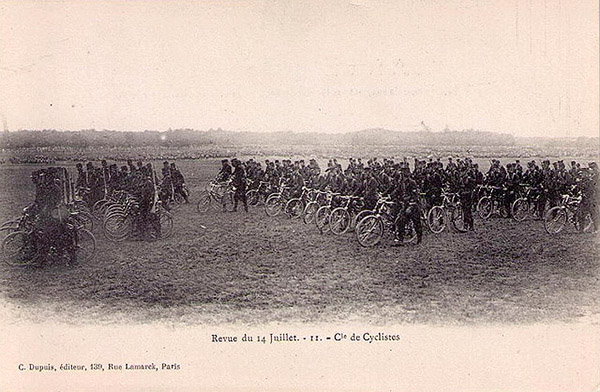
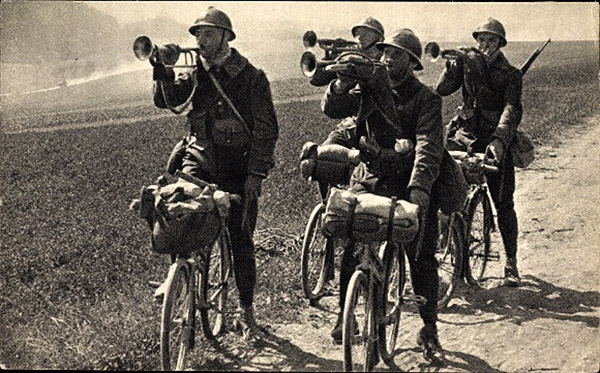
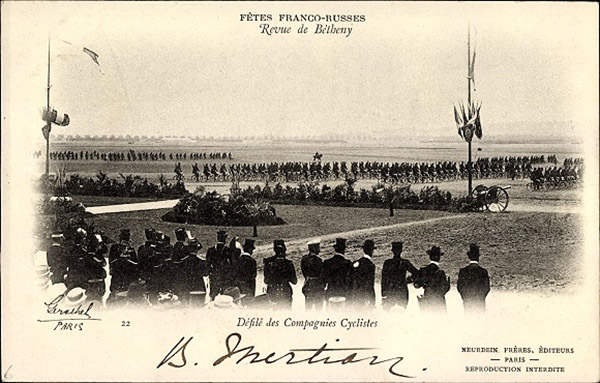
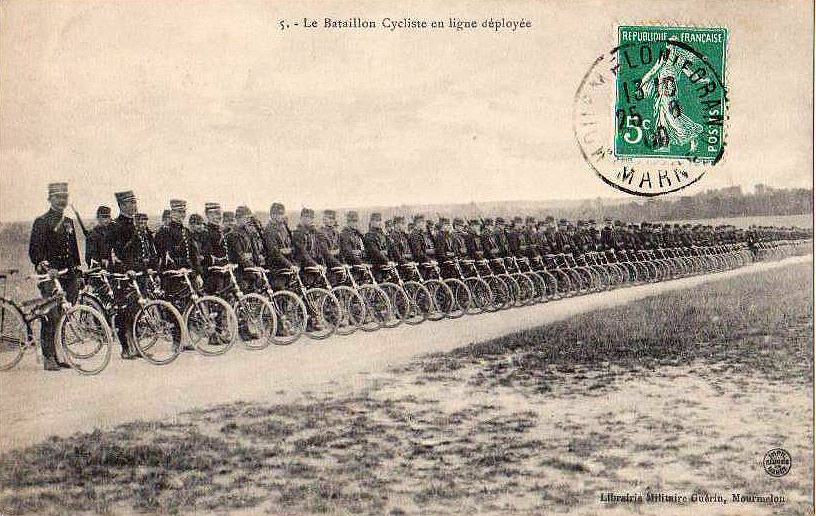
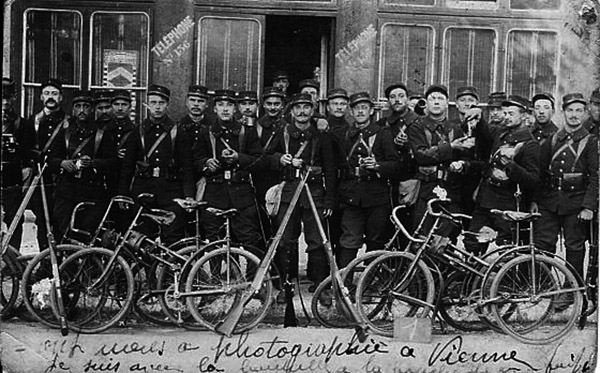
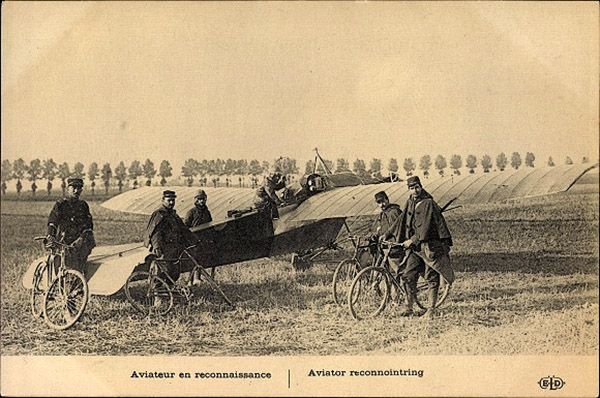
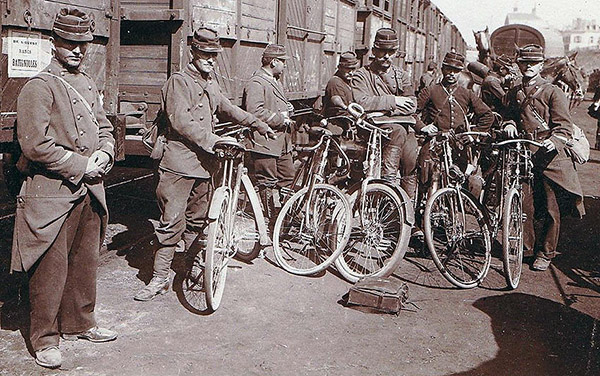
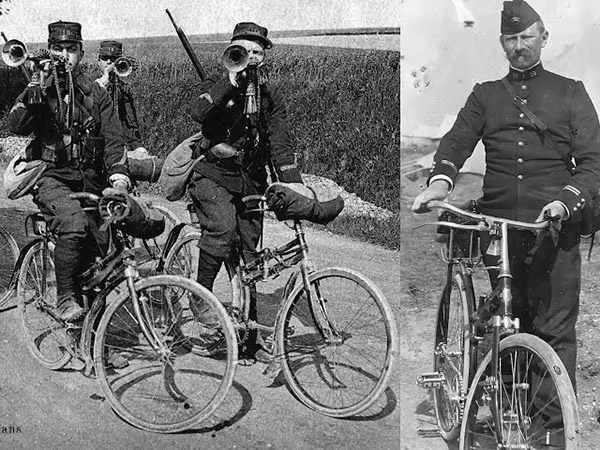
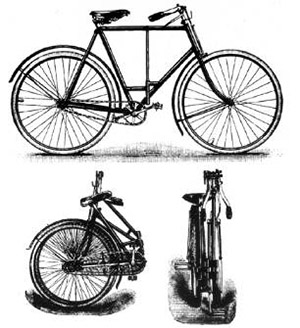
Initially, British cyclists used exercises from the cavalry arsenal for training.

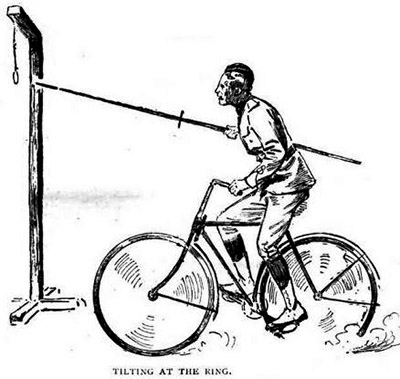
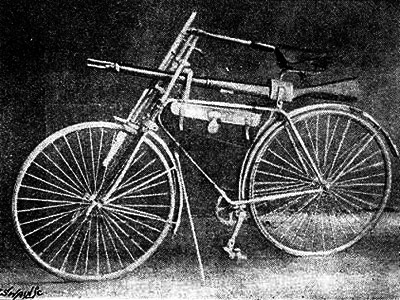
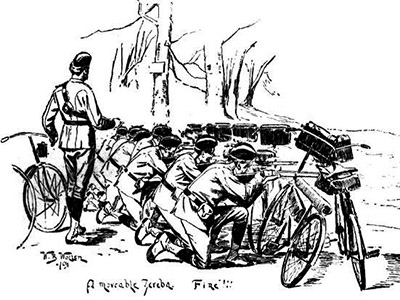
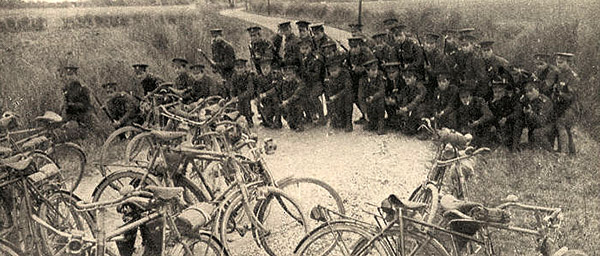
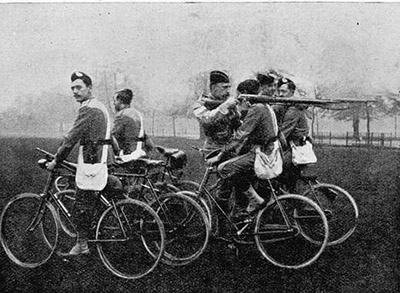
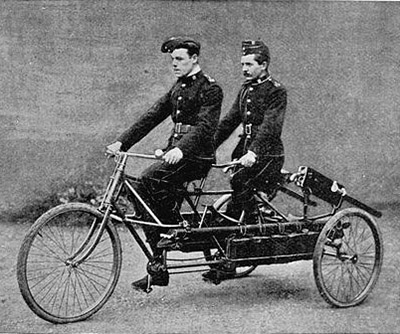
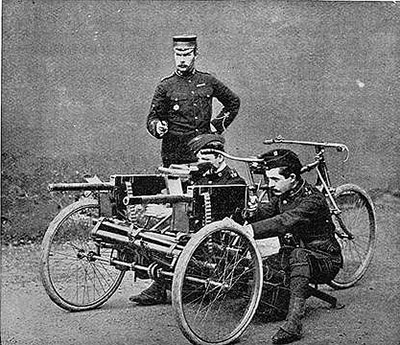
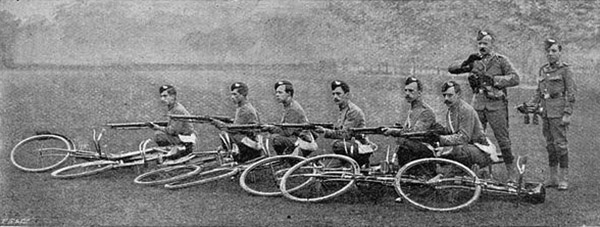
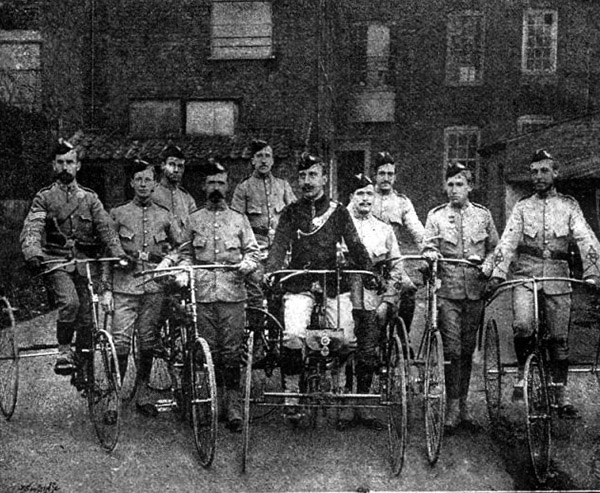
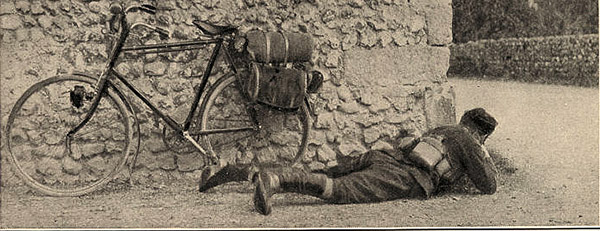
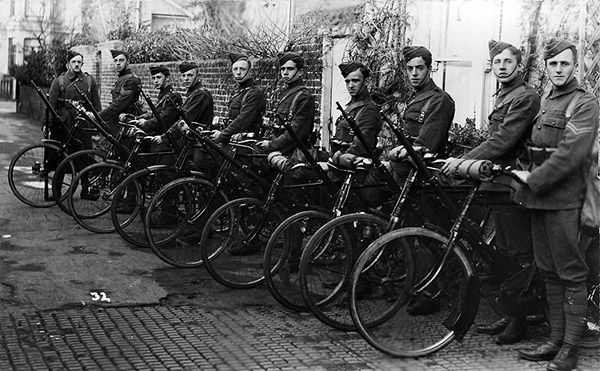
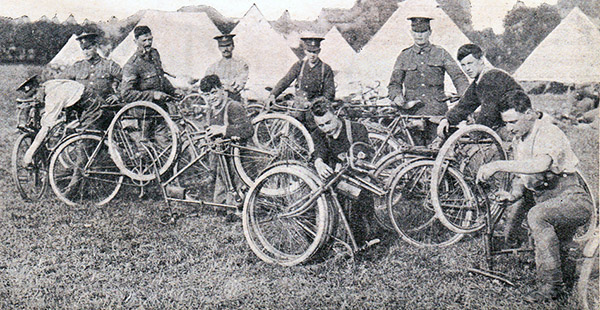







Further:
Scooter units
Sources:
Wikipedia
Rumyantsev E.A. Handbook on the organization and composition of the German army after the mobilization in August 1914.
Kohn RS Bicycle troops. — Booklife, 2011.
DR Maree Bicycles in the Anglo-Boer War of 1899-1902. Military History Journal of The South African Military History Society, vol. 4 No. 1 — June 1977.
www.kaiserscross.com
www.foldingcyclist.com
bsamuseum.wordpress.com
www.oldbike.eu
www.veliciousbicycles.com
oldbike.wordpress.com
bcoy1cpb.pacdat.net
www.awm.gov.au
www.vintagecolumbiabikes.com
www.starerowery.org
nowahistoria.interia.pl
